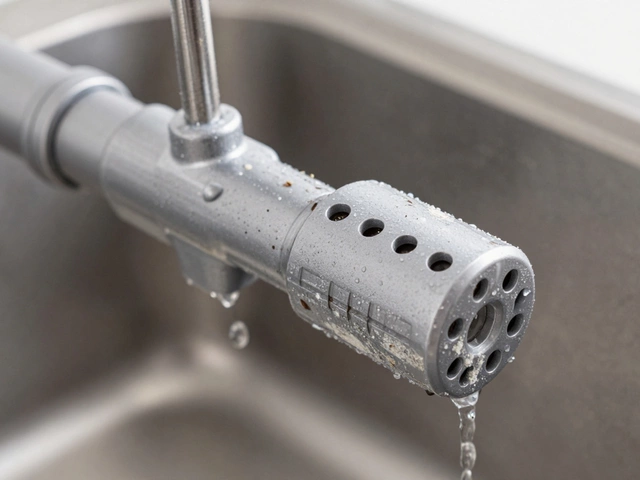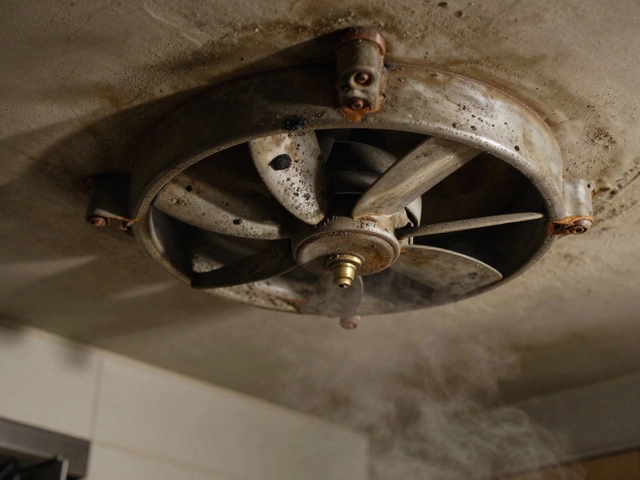Draining Water Heater: Why It Matters and How to Do It Right
When dealing with draining water heater, the process of emptying a water heating unit to clear sediment and prevent damage. Also known as water heater drain, it is a routine task that protects both the appliance and your home’s hot‑water supply.
Understanding water heater, a tank that stores and heats water for domestic use is the first step. A water heater works by heating water with electricity, gas, or oil, then storing it until you need a hot shower or a clean dish. Over time, minerals from your tap water settle at the bottom of the tank. This sediment layer acts like insulation, forcing the heating element or burner to work harder, which raises energy bills and shortens the unit’s lifespan. Regular draining water heater prevents that buildup.
Key Parts and the Role of Plumbing
Effective draining relies on a few core components: the drain valve, the pressure‑relief valve, and the plumbing, the network of pipes and fittings that deliver water throughout a building that connects the heater to the rest of the house. The drain valve is usually located near the bottom of the tank and is designed to release water quickly when opened. The pressure‑relief valve protects the system from over‑pressurisation; it must stay functional, or a leaking tank can cause major water damage. Knowing how these parts interact forms the backbone of a successful drain.
When you open the drain valve, water flows out, carrying sediment with it. If the sediment is heavy, it may clog the valve, slowing the process. That’s why many technicians recommend flushing the tank several times, letting water run until it’s clear. Some households also use a garden hose to direct the flow outdoors, avoiding indoor flooding. The key is to combine the right tools—like a bucket, hose, and wrench—with a clear step‑by‑step plan.
Beyond the mechanical side, safety matters. Always turn off the power or gas supply before you start; a live element can cause electric shock or ignite gas. Shut off the cold‑water inlet to stop fresh water from refilling the tank while you drain. Once the tank is empty, you can briefly open the pressure‑relief valve to let any remaining pressure escape. After the water is gone, close the drain valve, reopen the cold‑water supply, and let the tank fill completely before you restore power or gas. This sequence ensures the tank refills without trapping air, which could cause noisy operation later.
Many homeowners wonder how often they should repeat this routine. The answer depends on water hardness and usage patterns. In areas with hard water—where calcium and magnesium concentrations are high—draining every six months can keep sediment at bay. Softer water zones may get away with an annual drain. If you notice noises like popping or rumbling, reduced hot‑water output, or higher energy bills, those are clear signals that a drain is overdue.
Finally, consider the broader context of hot‑water system health. A well‑maintained heater works alongside other appliances like dishwashers, washers, and boilers. When the water heater runs efficiently, those appliances also benefit from consistent temperature and pressure. In contrast, a clogged heater can cause low hot‑water pressure, leading to longer wash cycles and more wear on other devices. Regular maintenance, including draining, is a small investment that protects a whole suite of household equipment.
Below you’ll find a curated collection of articles that dive deeper into each aspect of water‑heater care—everything from diagnosing sediment problems to choosing the right professional for a complex repair. Whether you’re a DIY enthusiast or prefer to call in a specialist, these posts give you the knowledge to keep your hot water flowing smoothly.
Maintaining a water heater efficiently can extend its life and improve performance. A common dilemma for homeowners is whether to flush or drain their unit. This article dives into the differences between flushing and draining your water heater, highlighting best practices, tips, and things to avoid. By understanding these maintenance options, you can optimize your water heater's operation, saving both water and energy in the process.


